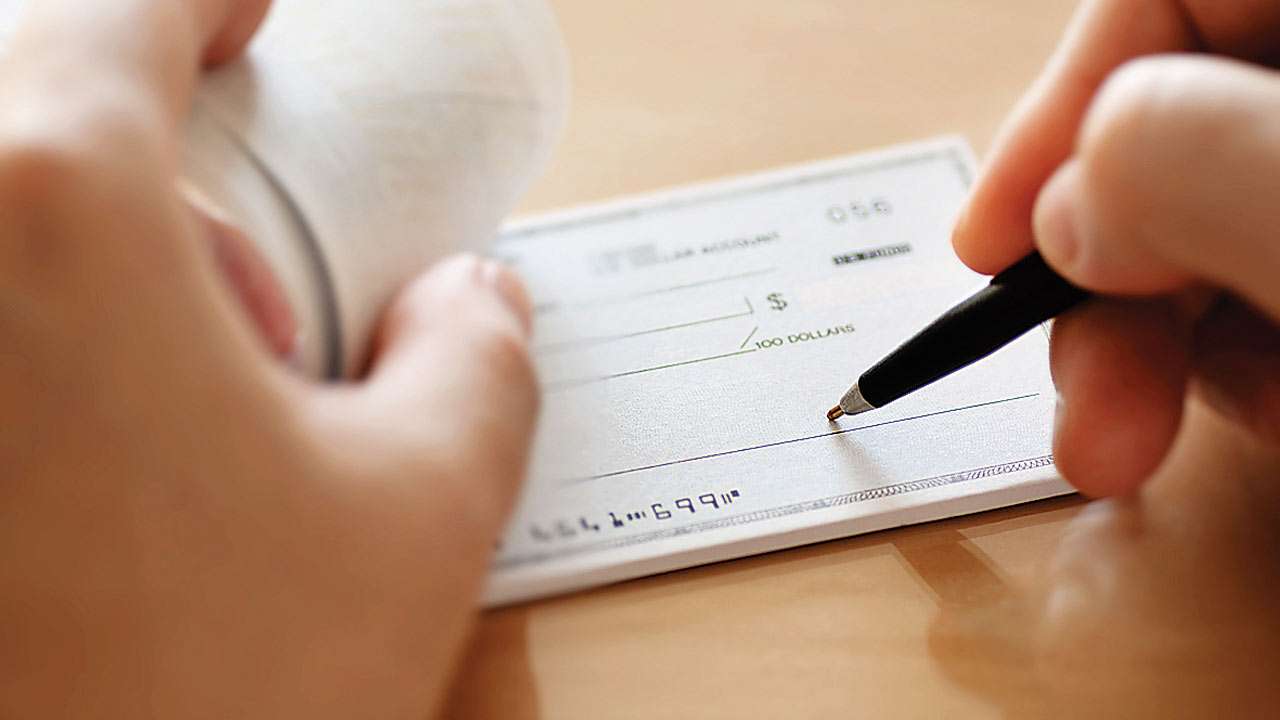Demand Draft
Demand draft is a method through which funds are accessed from the source when an item has been sold. The system is still in limited use in many countries, but nowadays it has been replaced by electronic and internet transactions. The term ‘demand draft’ was introduced in England during the late 1800s and is most closely associated with bank drafts. Demand draft means that someone gives another person their personal, handwritten authorization on paper to make payments on their behalf.

Demand draft of course, means that someone is paying a particular person’s expenses and gets their personal paper. This is actually a system that was used in the 1700s. At present, demand draft is only seen in some use by people. In the 1800s, it was very common in England with most people using it for everyday payments and not just for business transactions. The system came about because formal bank notes were so expensive to produce that many private establishments would pay with “demand notes”.
Table of Contents
How it works?
Demand draft is a legal instrument which is generally issued by companies, corporate bodies, public sector companies, and individuals to pay certain amounts of money to a third party. In other words, it is a written order on a bank that it should pay the amount mentioned in the draft to the person in whose favor it is made or by his order.
In India there are two types of demand drafts (DD), namely
(i) DD issued from Nationalized Banks
(ii) DD issued from Private Banks. DD from Indian Nationalized banks is issued by the RBI itself and can be drawn only in favour of any bank with Reserve Bank facilities. DD issued by private banks are not legal tender, but are exchangeable for gold or legal tender of other countries. Demand Draft (DD) is a non-negotiable instrument and hence, no change can be made to it. The drawer should retain the draft for 6 months from the date on which it was drawn. DDs can be drawn in the following ways:
There are different ways of paying bills with demand draft. All depend on the type of bank account and where you are paying from. Demand draft is paid in a number of scenarios like investing, business, savings and salary expense etc.
What is difference between DD and cheque?
- There is no limit for DD but in the case of cheque, it is limited.
- In DD, you cannot withdraw money before maturity, but you can do that with cheque.
- A cheque bears the signature of the drawer while a DD bears the signature of a manager at the bank as well as that of the signatory/drawee bank mentioned in it. While cheques are personalised and handwritten, demand drafts are printed on a computer and are pre-signed by an officer at the bank.
Demand draft is a method through which funds are accessed from the source when an item has been sold. The system is still in limited use in many countries, but nowadays it has been replaced by electronic and internet transactions. The term ‘demand draft’ was introduced in England during the late 1800s and is most closely associated with bank drafts. Demand draft means that someone gives another person their personal, handwritten authorization on paper to make payments on their behalf.
What tools do I need to make a DD ?
In order to make a DD you need:
A Demand Draft form filled in by the beneficiary (Note: A Form No. 5 is provided for this purpose) A Demand Draft Order form signed by the drawer (Note: A Form No. 6 is provided for this purpose) Two Passport Size Photographs of the beneficiary Form 10-A: A DD can be made in favour of any person by presenting the following documents.
Buyer’s details:
The name and address of the buyer and the type of transaction have to be mentioned on the top left corner on DD. The buyer has to fill in his personal details like his name, occupation, father’s/husband’s name, nature of transaction, date of transaction and amount on each line.
Seller’s details:
The name and address of the seller and the amount have to be mentioned on the top left corner of DD. The seller has to fill in his personal details like his full name, father’s/husband’s name, nature of transaction, date of transaction and amount.
DD can be paid from the following:
- From the beneficiary’s bank account.
- From a bank account of the buyer where money is deposited.
- From a cash deposit (payable to bearer).
- From a cheque book or a credit balance on any registered/unregistered cheque book (payable to bearer).
- Cash deposit or cash withdrawal from ATM located in any authorized agency premises.
- From a cheque issued by the buyer.
- If a beneficiary does not have a bank account, the payee can make payment from any other bank account by producing the beneficiary’s signed authorization in Form No. 6.
- A beneficiary who has received money from another bank can deposit it in his own bank account and make payment from that account if he produces written authorization in Form No .6 from the customer to whom money is paid.
Benefits Of Demand Draft
- It is issued for fixed period and is payable on maturity.
- It is drawn in favour of a third party and the drawer does not incur any financial liability.
- The seller can receive money within two days or maximum 5 days from the day of issue of the DD by depositing it in a bank account provided he has given his bank account number and details to the buyer.
- The buyer may withdraw the amount after the receipt of DD for a period up to 7 days. But withdrawal of funds before redemption is strictly prohibited.
- It is a safe and simple method of remittance because it can be traced if required by the authorities concerned.


